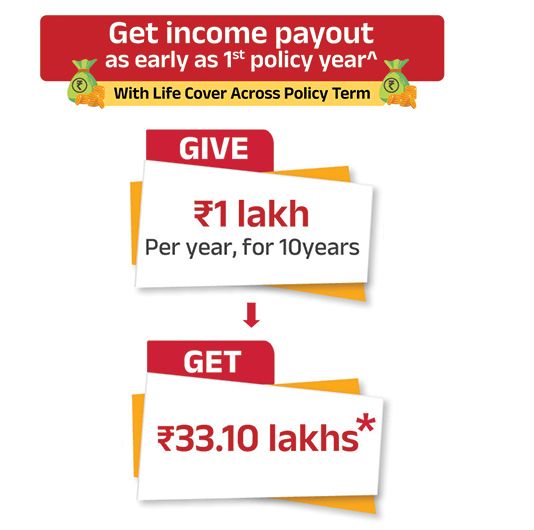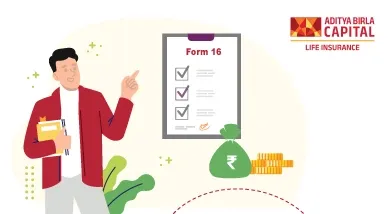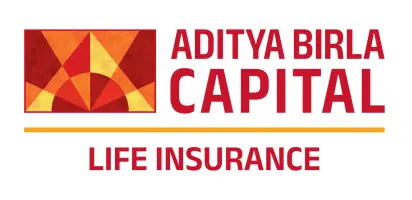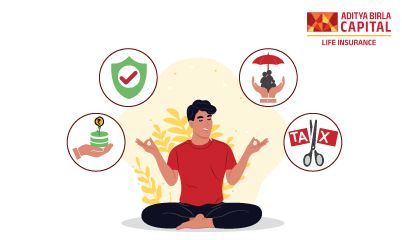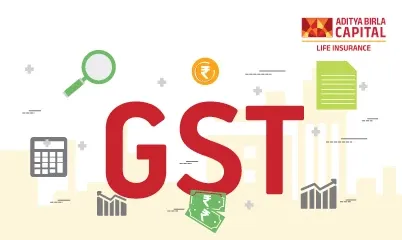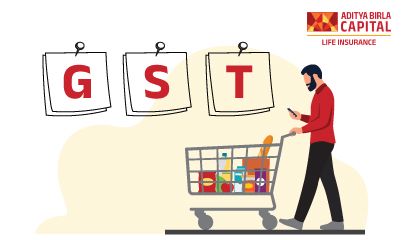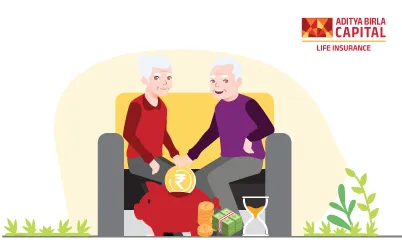Taxes might seem complicated however understanding key documents like Form 16 simplifies your life! In this guide, we will unveil what Form 16 is, how to download it online, and its significance in your income tax journey.
What Is Form 16?
Think of Form 16 as an official statement from your employer that details:
- Your Tax Deducted at Source (TDS): The tax deducted from your salary throughout the year by your employer and deposited with the government.
- Exemptions Claimed: The deductions you claimed under various sections of the Income Tax Act (e.g., house rent allowance, medical expenses).
- Taxable Income: Your final taxable income after considering deductions and exemptions.
- Tax Paid: The total tax deducted from your salary (reflected in TDS)
By providing this information, Form 16 plays a vital role in:
- Verifying: Ensuring the completeness and accuracy of tax deducted from your salary.
- Reconciling: Comparing the details on Form 16 with your tax return to avoid discrepancies.
- Filing: Using the information to accurately file your income tax return.
When Will Form 16 Be Available For FY 2024-25?
For the Financial Year 2024-25 (AY 2025-26), you can expect your Form 16 to be available by June 15, 2025. This is the deadline for employers to issue Form 16 to their employees for the previous financial year. However, some employers might make them available earlier.
Here's a breakdown of key dates related to Form 16 for FY 2024-25:
- April 1, 2024: Start of FY 2024-25
- March 31, 2025: End of FY 2024-25
- June 15, 2025: Deadline for employers to issue Form 16
Form 16 Download Steps
There are two primary ways to download your Form 16:
1. Through your Employer's Website or Portal:
Many employers provide an online portal for employees to access various documents, including Form 16. Check your company's website or HR portal for specific instructions. Typically, you'll need to log in with your employee credentials and navigate to the section for tax documents or payslips.
2. From the Income Tax Department e-filing Website:
The Income Tax Department also provides access to your Form 16 through its e-filing portal:
Step 1: Visit https://www.incometaxindia.gov.in/ and click on "e-File" in the main menu.
Step 2: Log in using your PAN and password.
Step 3: Go to "Download Forms" under the "Income Tax Returns" section.
Step 4: Select the relevant assessment year (2025-26 for FY 2024-25) and choose "Form 16 (Part A & B)".
Step 5: Click on "Download" to save the PDF file.
Remember: You might need to wait until June 15, 2025, or later for your Form 16 to be uploaded on the e-filing portal.
Additional Tips
- Download and save your Form 16 for future reference, even if you don't need it immediately for filing your return.
- Ensure you have a stable internet connection for online downloads.
- If you encounter any difficulties downloading your Form 16, contact your employer's HR department or the Income Tax Department helpline for assistance.
By following these steps, you can easily download your Form 16 and utilise it for accurate tax filing and informed financial decisions.
Understanding Parts A and B of Form 16
Form 16 acts as a comprehensive certificate summarising your salary-related tax deductions, but it's composed of two distinct parts: Part A and Part B. Let's break down the information each section provides:
Part A of Form 16
Think of Part A as the "employer information" section. It primarily focuses on details provided by your employer and serves as a verification tool for both you and the Income Tax Department. Here's what you'll find:
- Your and Employer's Information: Your PAN, name, and address, along with your employer's PAN, TAN (Tax Deduction and Collection Account Number), and address.
- Financial Year: The specific financial year the form pertains to (e.g., 2024-25 for AY 2025-26).
- TDS Details: The total amount of Tax Deducted at Source (TDS) deducted from your salary throughout the year, categorised by various sections like salary income, bonus, or leave encashment.
- Payment Information: Details of each TDS payment made by your employer to the government, including the payment date, challan number, and deposited amount.
Part B of Form 16
Consider Part B the "employee information" section. It delves deeper into your salary components, deductions claimed, and final taxable income. Here's what you'll find:
- Salary Breakup: A detailed breakdown of your salary components, including basic salary, allowances, perquisites, and deductions.
- Deductions Claimed: The various deductions you claimed under different sections of the Income Tax Act, like house rent allowance, medical expenses, or professional tax.
- Taxable Income: Your final taxable income after considering all deductions and exemptions claimed.
- Tax Liability: The total tax liability (calculated based on your taxable income)
Key Takeaways
- Both parts of Form 16 are crucial for accurate tax filing.
- Part A focuses on verification and employer-reported information.
- Part B delves into your salary details, deductions, and final taxable income.
- Downloading and reviewing both parts empowers you to ensure the accuracy of your tax deductions and prepare your tax return confidently.
Remember
If you have any discrepancies or questions regarding your Form 16, don't hesitate to contact your employer's HR department or consult a tax advisor for personalised guidance.
Why is Form 16 Important?
For salaried individuals, Form 16 acts as a crucial document for various reasons:
- Verifies Tax Deductions
It confirms the Tax Deducted at Source (TDS) deducted from your salary by your employer, ensuring transparency and minimising errors.
- Reconciles Tax Information
You can compare the details in Form 16 with your tax return to identify and rectify any discrepancies before filing.
- Supports Accurate Filing
It provides vital information like your income components, deductions claimed, and taxable income, aiding in accurate tax return submission.
- Reduces Scrutiny and Penalties
Utilising Form 16 proactively helps to minimise errors or chances of levy of penalties by the Income Tax Department due to potential errors and detailed scrutiny.
- Claims Refunds
If you've overpaid taxes, the details in Form 16 can support your claim for a refund.
Who is Eligible for Form 16?
Form 16 is primarily issued to salaried individuals whose employers deduct TDS from their salaries. This typically includes:
- Employees of companies and government organisations.
- Individuals receiving pensions or family pensions.
- Individuals receiving income under Section 192A (e.g., directors' fees, professional fees).
However, not all salaried individuals receive Form 16. Here are some exceptions:
- Individuals whose employers don't deduct TDS at source due to low income or specific exemptions.
- Individuals whose earning income is not considered "salary" for tax purposes (e.g., agricultural income).
Remember
Even if you don't receive Form 16, you're still obligated to file your income tax return if your total income exceeds the exemption limit. Utilise other income documents and Form 26AS (Annual Information Statement) for filing purposes.
Types of Form 16
- Form 16 Part A & B: This is the standard form issued by your employer, containing both employer and employee-related information.
- Form 16 Part A: In rare cases, your employer might only issue Part A, focusing on verification and TDS details.
- Revised Form 16: If any errors are identified in the initial Form 16, your employer might issue a revised version after rectification.
Points to Keep in Mind While ITR Filing with Form 16
- PAN and Assessment Year
Verify your PAN and the mentioned assessment year (AY) match your details and the return you're filing.
- Employer Information
Ensure your employer's name, PAN, and TAN are accurate.
- TDS Sections and Amounts
Carefully review the different sections under which TDS was deducted and match the amounts with your salary slips.
- Salary Breakup (Part B)
In Part B, meticulously check the breakdown of your salary components, allowances, deductions claimed, and final taxable income.
- Compare with Form 26AS
Cross-check details like TDS amounts and sections with your Form 26AS for any discrepancies.
- Rectification
Report any errors to your employer for issuing a revised Form 16 before filing your ITR.
- Keep Copies
Download and maintain copies of all Form 16 versions for future reference or potential inquiries.
Additional Tips
If you have multiple Form 16s from different employers, combine the TDS information for accurate reporting.
Filing Your ITR with Form 16: A Step-by-Step Guide
Form 16 simplifies the ITR filing process for salaried individuals, reducing the need for manual data entry. Here's a comprehensive guide to utilising it effectively:
Before You Begin:
- Gather Documents: Ensure you have your Form 16 (including revised versions, if applicable), Form 26AS (downloaded from the e-filing portal), investment proof (e.g., Form 16A for interest income), and bank statements.
- Choose ITR Form: Select the appropriate ITR form based on your income source and filing category (e.g., ITR-1 for resident individuals with salary income).
- Create an E-filing Account: If you haven't already, register for an e-filing account on the Income Tax Department website (https://www.incometaxindia.gov.in/).
Filing Steps:
- Login and Select ITR: Log in to your e-filing account and choose the "File Income Tax Return" option. Select the relevant assessment year and ITR form.
- Import Form 16 Data: Look for an option to "Pre-fill the return using Form 16". This automatically imports your salary income, deductions, and TDS details from Form 16 (Part A & B).
- Review and Modify (Optional): Carefully review the pre-filled information. Verify its accuracy and make any necessary modifications based on your other income sources, investments, and deductions.
- Additional Income/Deductions: If you have income or deductions not covered by Form 16, manually enter them in the designated sections. Attach relevant documents as proof.
- Tax Computation: Review the tax calculations and ensure they're accurate. You can modify tax-saving investments or deductions to optimise your tax liability (consult a tax advisor for complex situations).
- Verification and Submission: Choose your verification method (e-verification using Aadhaar OTP, e-filing signature, or sending a physical ITR-V form). Review the ITR summary once more and submit it.
Important Tips:
- Ensure your PAN and assessment year match consistently throughout the process.
- Double-check all manually entered and pre-filled information for accuracy.
- Maintain copies of your submitted ITR and supporting documents for future reference.
By following these steps and leveraging Form 16 effectively, you can file your ITR accurately and efficiently, ensuring a smooth tax filing experience. Remember, staying organised and paying attention to detail are crucial for a successful tax filing journey.
Difference between Form 16, Form 16A, and Form 16B
| Feature | Form 16 | Form 16A | Form 16B |
|---|
| Issued by | Employer | Deductor other than employer (e.g., bank, mutual fund) | Employer |
| Purpose | Provides details of TDS deducted from salary | Provides details of TDS deducted on specific income (e.g., interest income, investment income) | Provides details of additional TDS deducted at the employer's level |
| Content | Contains PAN, TAN, TDS details, salary breakup (Part B), deductions claimed (Part B) | Contains PAN, TAN, TDS details, income details, TDS deducted | Contains PAN, TAN, TDS details, additional TDS information |
| Applicability | For salaried individuals | For individuals receiving income subject to TDS from non-employer sources | For salaried individuals whose employer deducts additional TDS based on self-declaration |
| Filing ITR | Used for filing ITR when your only income source is salary | Used for filing ITR when TDS is deducted on specific income from non-employer sources | Used along with Form 16 when additional TDS is deducted by the employer |
| Availability | Received from employer | Downloaded from the e-filing portal or received from the deductor | Received from employer |
Additional Notes:
- Form 16A and 16B supplement Form 16, not replace it.
- Use all relevant forms (16, 16A, 16B) together for accurate ITR filing if applicable.
What to Do if Your Employer Fails to Provide Form 16?
While employers are obligated to issue Form 16 by June 15th of the following financial year, there might be rare cases where you don't receive it. Here's what you can do:
- Check with Employer
- First, politely inquire with your HR department or payroll team about the delay. There might be genuine administrative reasons or processing issues causing the delay.
- Request a timeframe for receiving the form.
- Download Online (if applicable)
- Check if your employer offers an online portal to download your Form 16. Log in and see if it's available there.
- Utilise Form 26AS
- Remember, while Form 16 provides employer-specific details, Form 26AS consolidates all your TDS information from various sources, including your salary.
- Download your Form 26AS from the e-filing portal (https://www.incometaxindia.gov.in/).
- Though it doesn't offer a detailed breakdown of deductions like Form 16, it serves as a crucial reference for your total TDS deducted.
- File Complaint (if necessary)
- If, after reasonable attempts, you still haven't received Form 16 and the deadline has passed, you can submit a formal complaint to the Income Tax Department.
- You can file a complaint online through the grievance redressal mechanism on the e-filing portal or visit your nearest Assessing Officer's office.
- File ITR without Form 16
- Even without Form 16, you are obligated to file your ITR if your income exceeds the exemption limit.
- Utilise Form 26AS data, salary slips, and bank statements for income and TDS details.
Remember:
Prompt action is crucial. Addressing the issue early minimises potential delays in filing your ITR and avoids unnecessary complications.
Conclusion
Form 16 plays a vital role in streamlining tax filing for salaried individuals. By understanding its significance, types, and effective utilisation, you can navigate tax filing with confidence. Remember, staying informed, organised, and proactive empowers you to make informed decisions and ensure a smooth tax journey.
